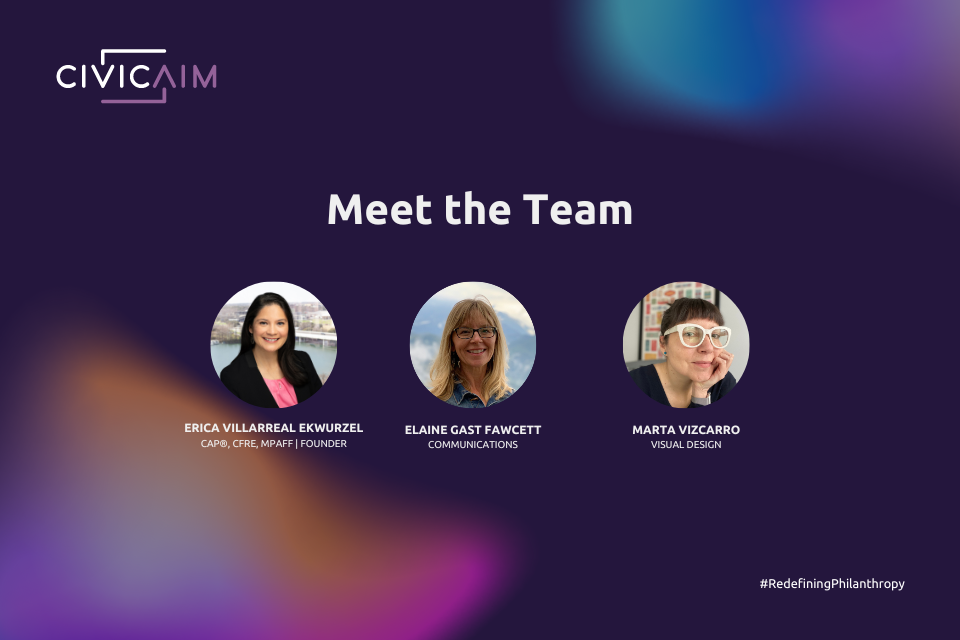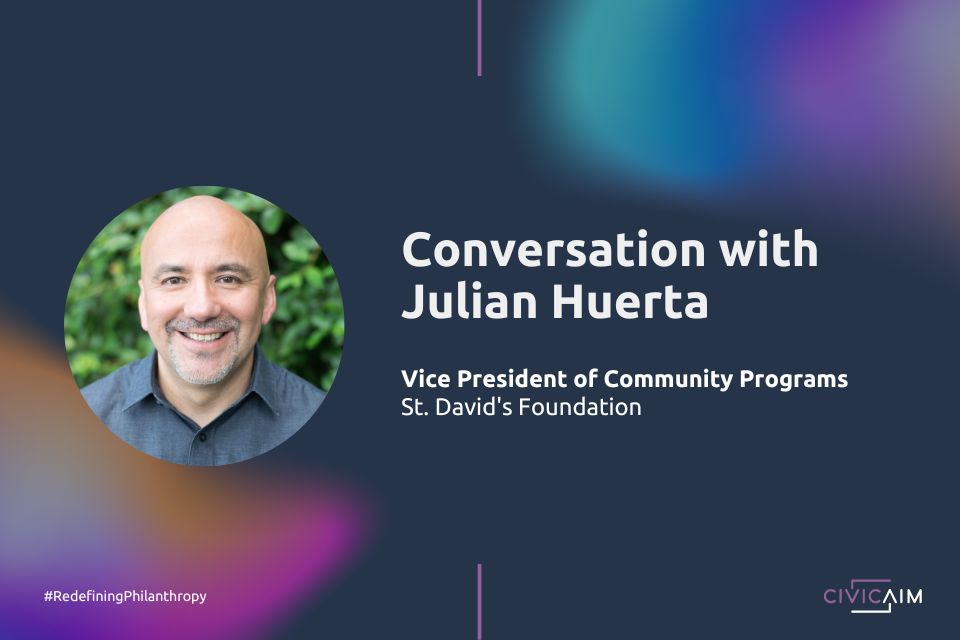
Make Your Virtual Meetings Meaningful
September 28, 2020
Shining the Light on Giving & Humanity: Meet the CivicAIM team
March 2, 2021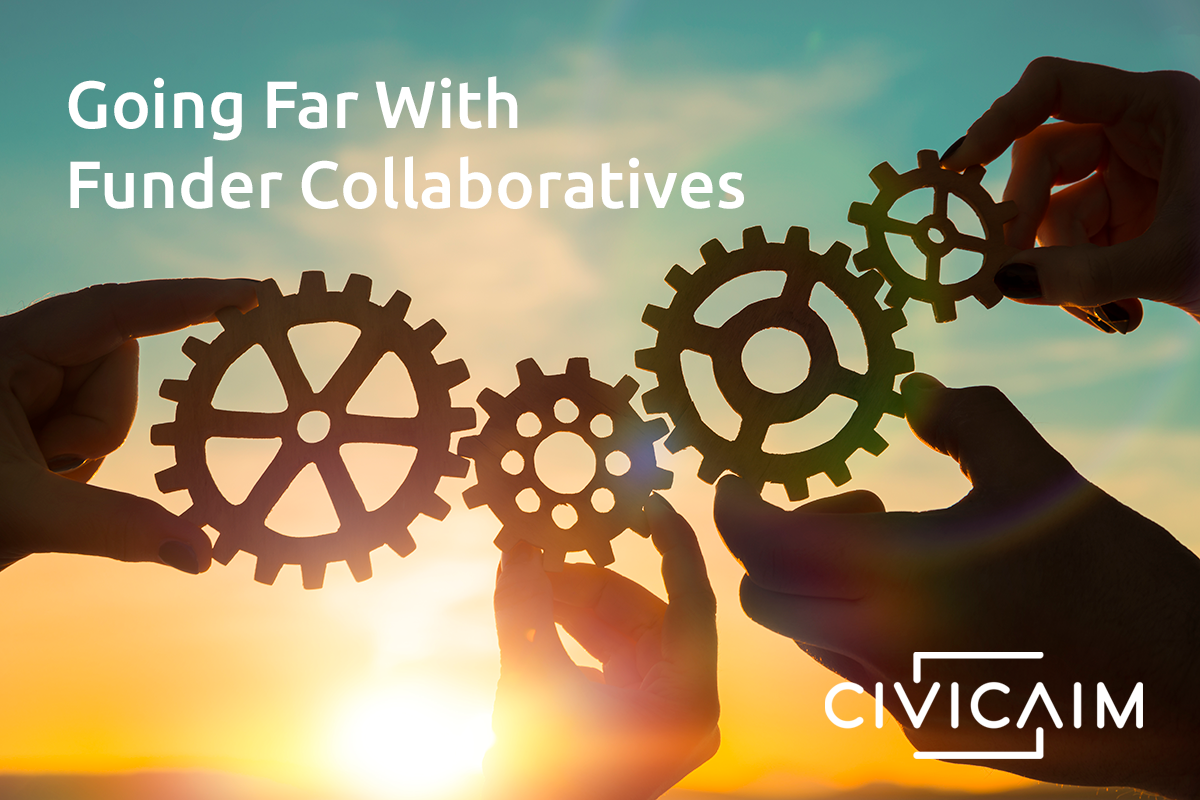
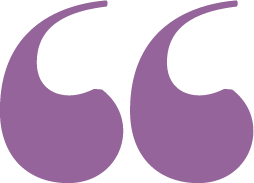
If you want to go fast, go alone.
If you want to go far, go together.
— African Proverb
I’ve been reflecting on what it means to work together and connect deeply with each other, and the communities we serve, even when we are physically apart. I’ve seen terrific examples of this recently in my work with donor collaboratives—the power of people coming together to give together. This is how funders go far in their impact.
In this moment, my focus on funder collaboratives is inspired by my work in supporting the RGK Center for Philanthropy and Community Service at The University of Texas at Austin (my graduate alma mater). CivicAIM is helping design and facilitate a series of virtual events in honor of their milestone 20th anniversary. The series programming will connect an array of grantmaking organizations and donors around best practices and cutting-edge work in philanthropy. The first program is focused on the power of collaboration.
As I contemplate funder collaboratives throughout the field of philanthropy, I find that collaboration can be a catchall term that means different things to different people. Yet, it typically means working together to create a bigger impact.
Funding partnerships, typically called funder collaboratives or pooled funds, are a highly engaged form of collaboration. They bring people together around a common mission, and involve sharing resources and/or expertise to meet specific goals in giving.
Funder Collaboratives Demystified
Typically, there are three types of funder collaboratives, each with varying degrees of engagement:
A learning network is a group of funders who come together to hear about what’s happening in a field or issue area, share information, and explore grant strategies. Members might invite speakers to educate them on specific issues, and may find opportunities to align some of their giving.
Strategic alignments attract funders who share a mission or grantmaking goal, and who work together to gain publicity, traction, and impact. Although the funders collaborate on certain projects or support some of the same grantees, they may do their grantmaking independently.
A pooled fund allows funders to contribute to a collective “pot” of money, from which they make grants. Typically, one member, such as a community foundation, houses the funds. Some pooled funds require a lot of time and energy from each partner, whereas others require a simple financial commitment.
Not every collaborative will fit neatly into one of these types. As unique are individual donors, so, too, are donor collaboratives. Participants will often choose aspects from each, based on the group’s goals, and design their own structure and ways of engaging.
Funder collaboratives bring together donors’ minds and money to meet a goal they wouldn’t necessarily be able to achieve on their own.
Why Start a Collaborative?
Collaboratives offer funders the opportunity to exchange information and best practices, leverage giving and streamline efforts, and work on a larger scale in terms of dollars or visibility. They may also allow donors to take a more systems-wide approach to solving problems. Inherent in collaboratives are the vision to align strategies to tackle pressing social issues, create systems-change efforts, and deliver far more than value than the funders involved could hope to achieve by working alone.
Yet, as rewarding as they are, collaboratives can be complex to manage. Members must secure consistent buy-in around the mission, build consensus, delegate roles, authority, and control, and stay attentive to all the components that drive impact.
6 Steps to a Successful Funder Collaborative
1. Talk with other funders in your region or issue area, and join funder networks or membership organizations. Perhaps organize a simple coffee or virtual date, with no agenda, and see what shared interests emerge. What do you share in common? What can you learn from each other?
2. Plan carefully. Talk with others who have collaborated successfully and learn from their experiences. Consider which models of partnership appeal most and the best match for your goals, giving style, and capacity. Gain group consensus on expectations of time, money, and participation. Develop a set of guiding principles that every participant agrees to. Be willing to invest time—particularly at the start.
3. Align goals and strategies. It’s important that funders share a common sense of how to approach the problem. Both need to be discussed early on. Make sure that the strategies you choose are specific and actionable. It helps to include the organizations you aim to serve in your planning process.
4. Build relationships thoughtfully. The trust and personal bonds among funders can be key factors. Like any meaningful relationship, these take time to nurture.
5. Pool more than funds. Even with a pooled fund, consider what, beyond money, each funder brings to the table, such as connections, media relationships, skills, and expertise.
6. Hire someone to help you. Collaboration is a complex mix of money, personalities, strategic thinking, and opportunities. Designate someone neutral to drive and facilitate the process - a staff person or a philanthropy advisor, like CivicAIM, who has direct experience supporting funder collaboratives.
Are you interested in starting or strengthening your collaboration?
At CivicAIM, we support private and family foundations, funder collaboratives, and philanthropic giving circles. We offer objectivity, creativity, and insight into a variety of giving models, and provide additional capacity, facilitation, and knowledge to maximize your grantmaking initiatives. If you’re curious about where a collaborative approach could take you and your philanthropy, please feel welcome to get in touch. We can help you go far, together.
In Case You Missed It (ICYMI)
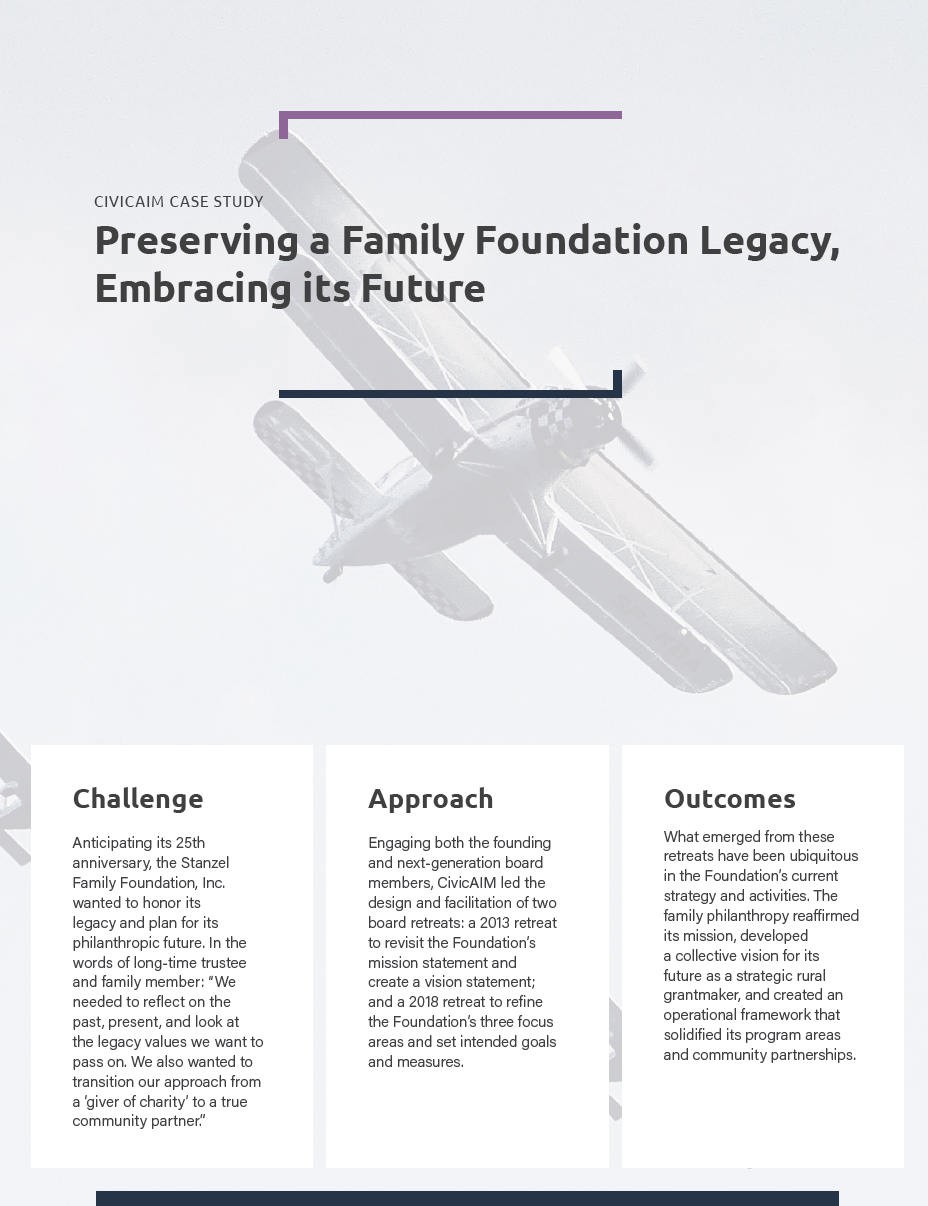
How does you honor your legacy and plan for your philanthropic future? Learn how a family foundation, with CivicAIM’s guidance, brought its legacy and collective vision to life, and transformed its program areas and partnerships. Read Preserving a Family Foundation Legacy, Embracing its Future.
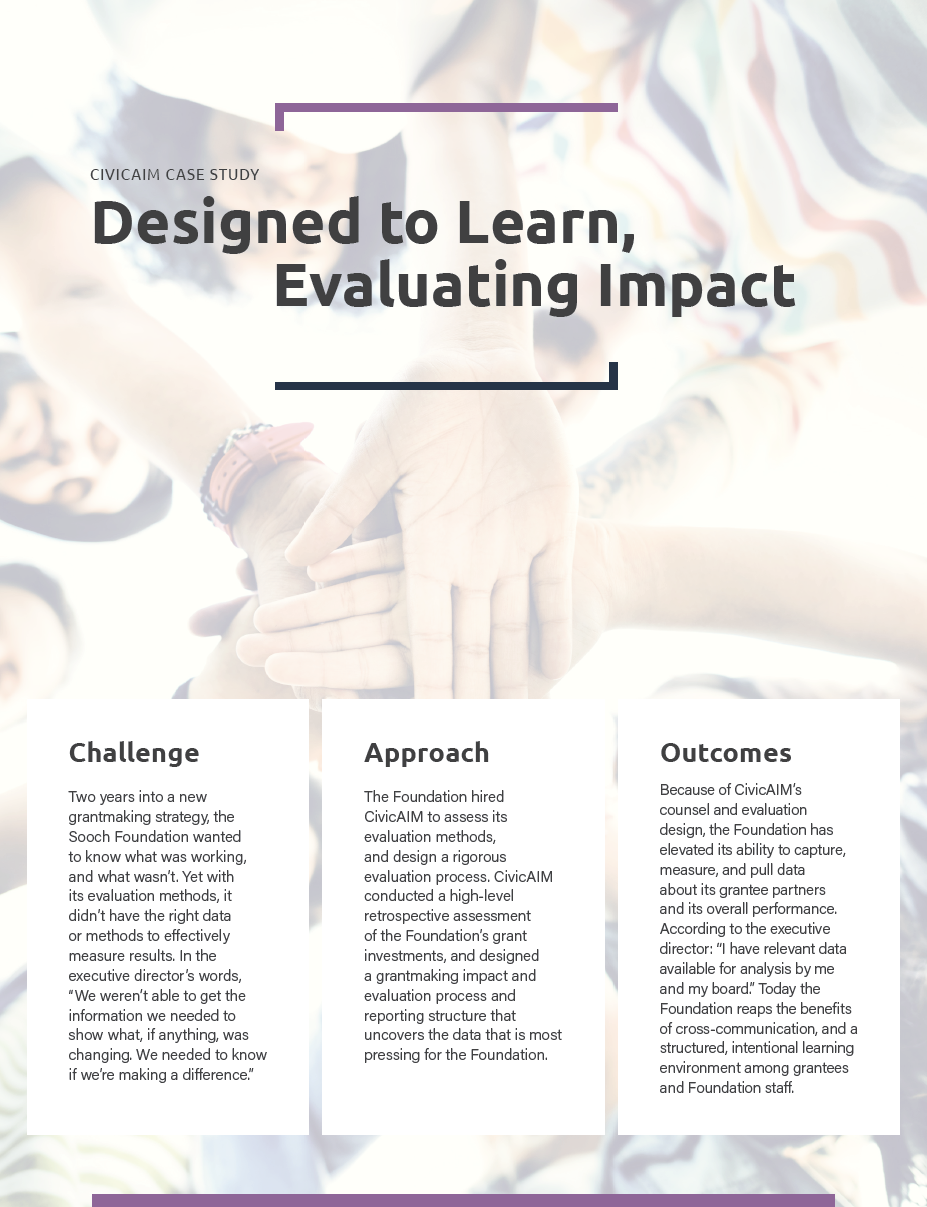
Looking for ideas to evaluate your grantmaking? Check out Designed to Learn, Evaluating Impact to learn how CivicAIM designed an evaluation method that helped a private foundation assess its impact and learning processes.
Ways CivicAIM Collaborates
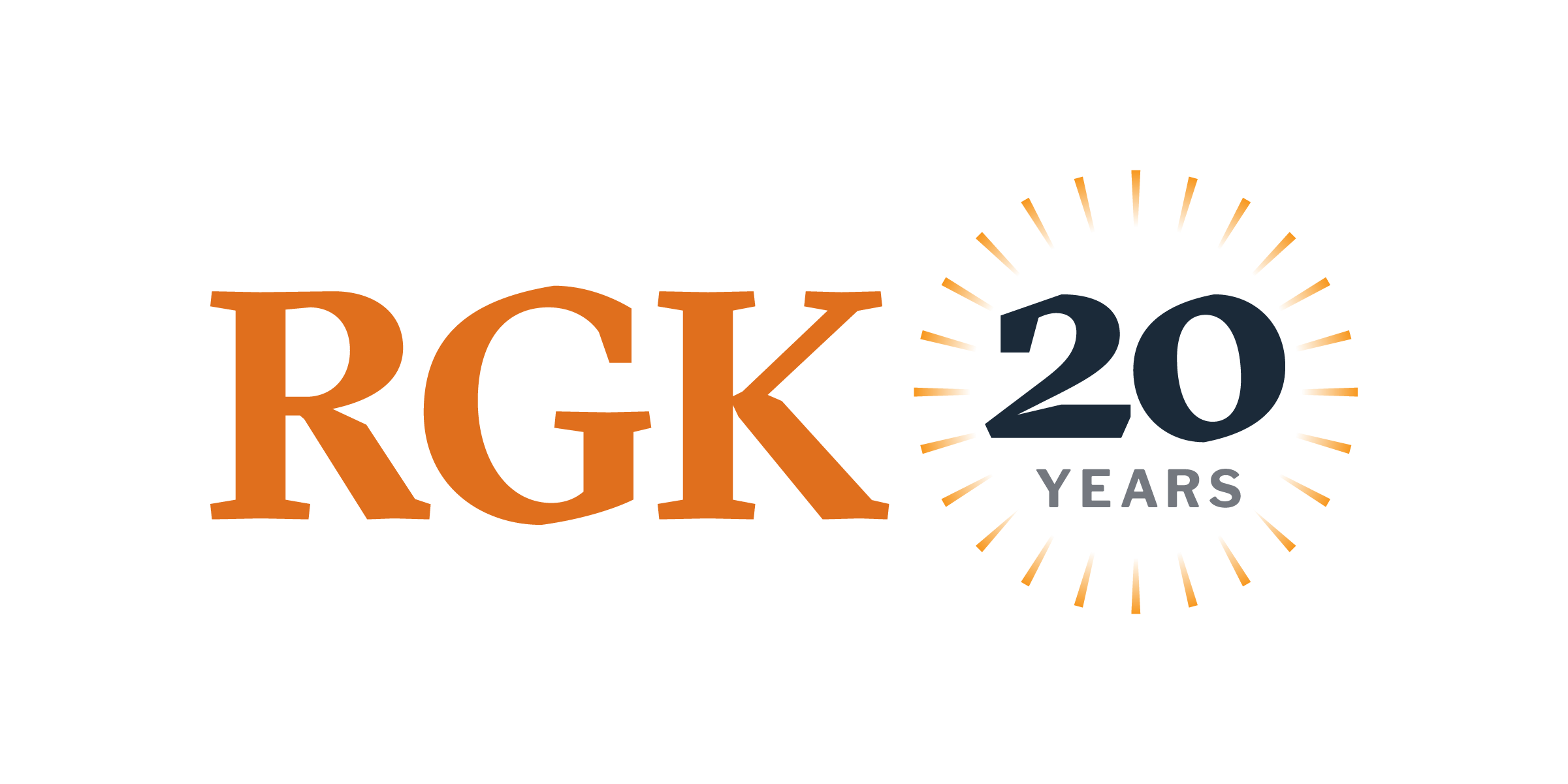
As a proud graduate alumna of UT (Go Horns!), I am excited to join forces with the RGK Center for Philanthropy and Community Service as it celebrates its 20th anniversary. Together, the RGK Center and CivicAIM are in the midst of designing an engaging series of virtual convenings to showcase Center milestones, research, and of course, our network of visionary game-changers in philanthropy.
As part of 21/64’s certified advisor network, CivicAIM was honored to help circulate the new Gen Impact survey among our network of next gen donors and build upon 21/64’s research on how next gen donors are operating and responding to big changes in the last few years. Spectacular read for clients undergoing succession planning!
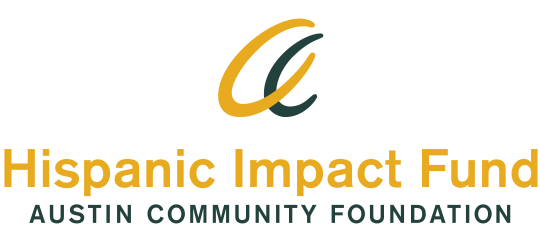
Taking giving personally, as a professional of color, I leaned into practicing what I preach and became an Investor to the Hispanic Impact Fund to support the research, educational programming, and pooled grantmaking efforts to support the economic security and advancement of Hispanic Central Texans. This experience has humbled and moved me in ways that reaffirm we can all make positive change in our community.
Bonus: Relevant Reading on Funder Collaboratives
Funder Collaboratives: Why and How Funders Work Together, GrantCraft. Learn how others structure their collaboratives—and how to evaluate yours.
What’s Your Philanthropic Aim?
CivicAIM is a philanthropy consulting firm focused on strengthening grantmaking, governance, and impact. CivicAIM supports mission-driven families, small-staffed foundations, funder collaboratives, and giving circles. Together with you, we develop and execute grant and evaluation strategies that lead you to impact, and we facilitate critical conversations and transitions that strengthen your board’s decision making.


